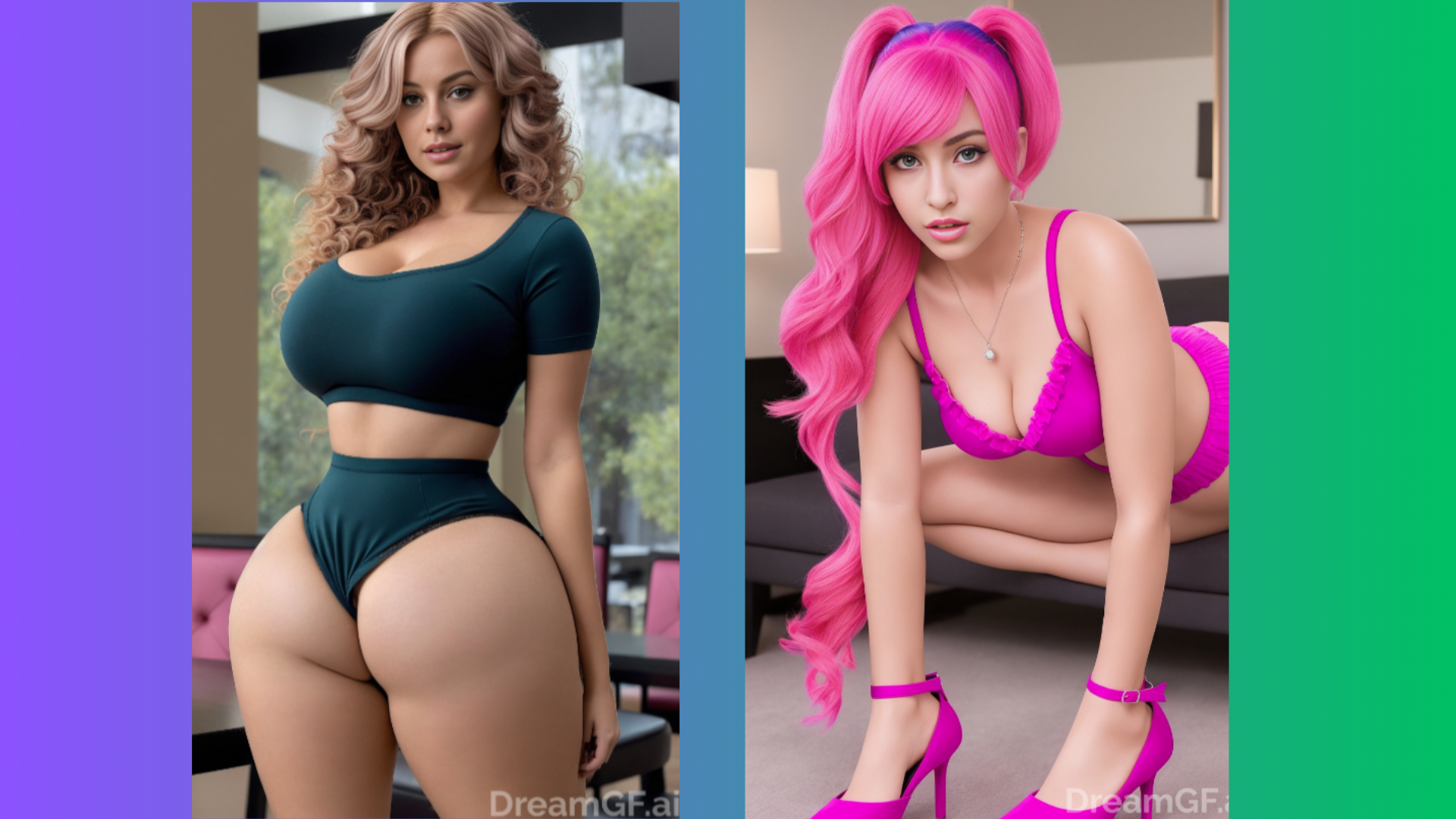DreamGF, a service that allows users to generate AI girlfriends that chat with them and send them AI generated nudes, is randomly making some girlfriends look like Jennifer Lopez and other celebrities without their consent. DreamGF users are also complaining that their AI girlfriends will abruptly demand they climax and will sometimes send them nudes of deformed bodies.
The news is yet another example of an AI tool that’s behaving in a way developers are unable to control, despite it violating their own policies, customers’ desires, and in some instances, the law. It also proves a nightmare scenario previously only imagined by AI researchers, where an AI image generator will spit out non-consensual pornography of real people even if it’s not asked to, just because their images were included in the datasets the AI was trained on. This is something that can happen to anyone whose image is online.

